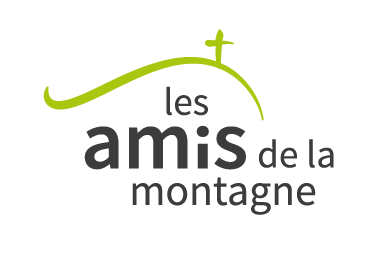Invasive alien species (IAS) of plants, animals and other organisms have been identified as one of the main threats to biodiversity on a global scale. The introduction of invasive species—alone or combined with other factors—has contributed to 60% of animal and plant extinctions worldwide. On its own, IAS has been responsible for 16% of recorded extinctions worldwide.
On a more local scale, Mount Royal is also undergoing successive attacks from IAS that are contributing to a decline in biodiversity. The last decade has been particularly notable for the proliferation of emerald ash borer, gypsy moth caterpillar and the colonization of woodlands by European buckthorn.
Today, there are more than twenty invasive alien plant species on the mountain. Their presence on Mount Royal threatens species native to Quebec, endangers biological diversity and may permanently alter the ecological integrity of our natural environments.
Despite the existence of several planning tools and initiatives, many mountain sectors are not undergoing unified planning, recurrent IAS control activities or monitoring.
Following the third meeting of the community of practice on the differentiated management of green spaces (DMGS), with lectures by Jacques Brisson, a professor of biology at Université de Montréal and researcher at Institut de recherche en biologie végétale (IRBV), and Jérôme Bernier-Brillon, head of the environmental stewardship program at Les Amis de la montagne, the institutions on Mount Royal initiated a joint reflection focused on the challenges posed by invasive alien plant species.
|
What is a community of practice? The communities of practice stem from the meetings of Mount Royal’s Institutions initiated in December 2020 by Les Amis de la montagne. These meetings bring together representatives from institutions located on the mountain to create partnerships and promote informed decision-making for eco-responsible actions on their properties. Together, these local decision-makers contribute to maintaining the integrity of natural ecosystems and biodiversity, as well as enhancing the natural and cultural heritage of Mount Royal. |
This report sheds light on issues surrounding the above challenges and outlines solutions that were proposed by representatives of the institutions taking part in the community of practice.
Read the full report to access a number of resources on IAS, learn what our two speakers had to say, and get the full details of subsequent discussions.


